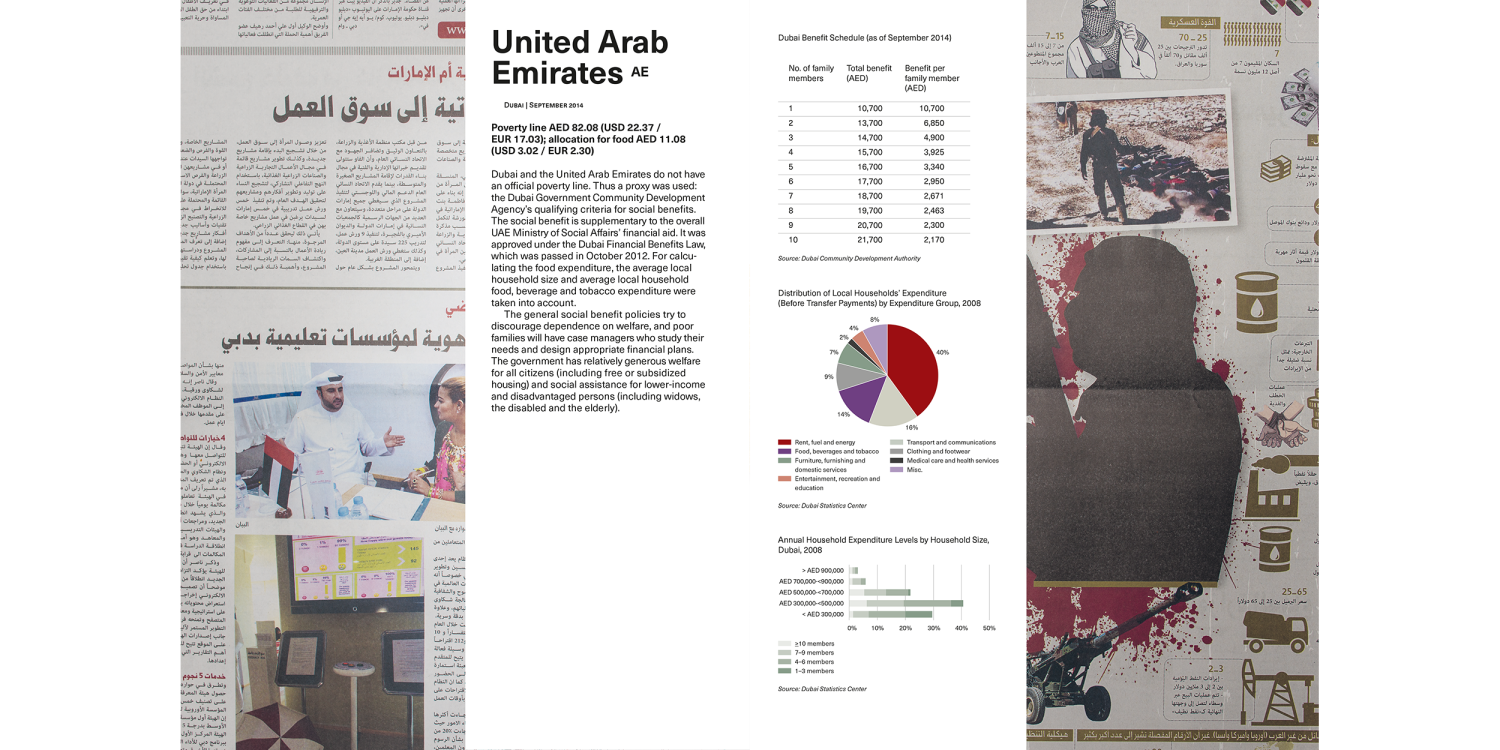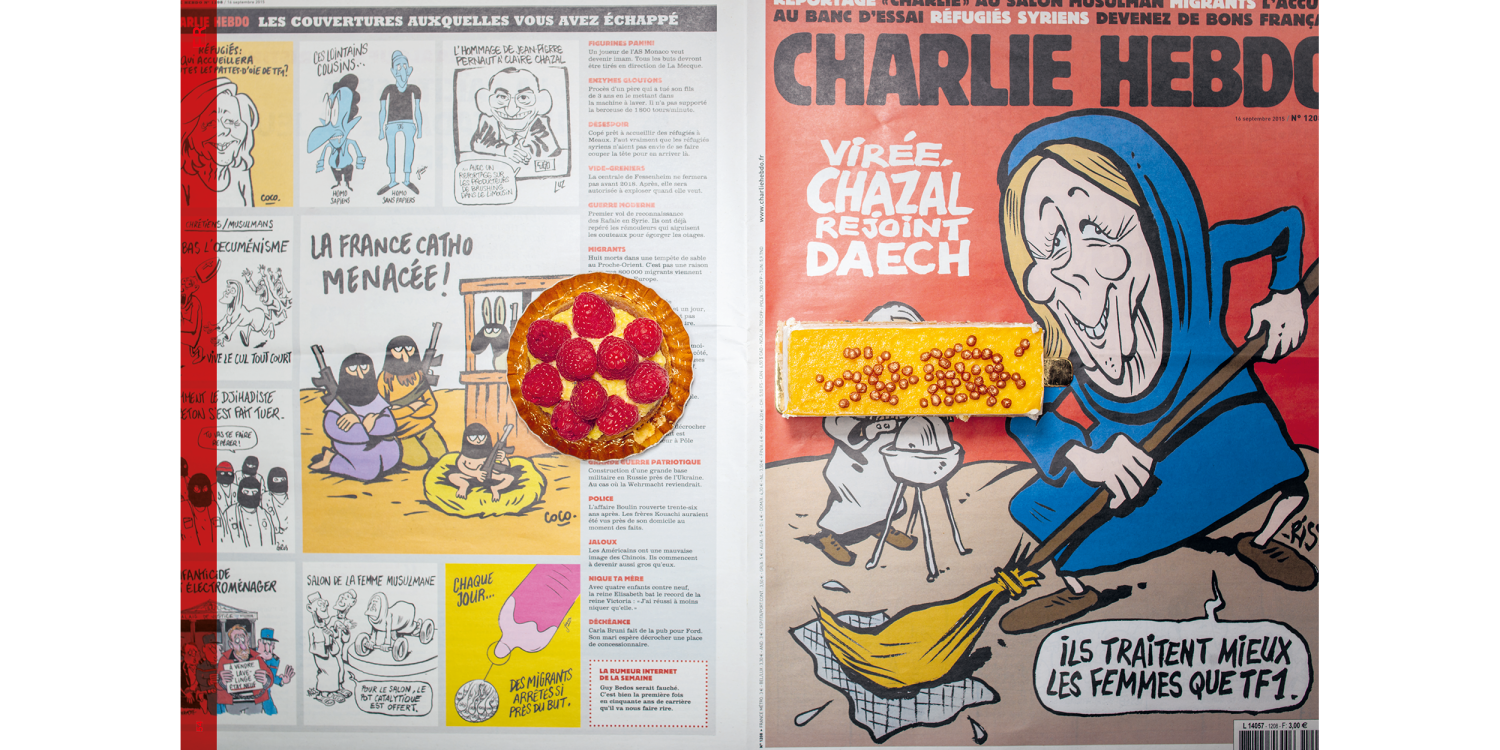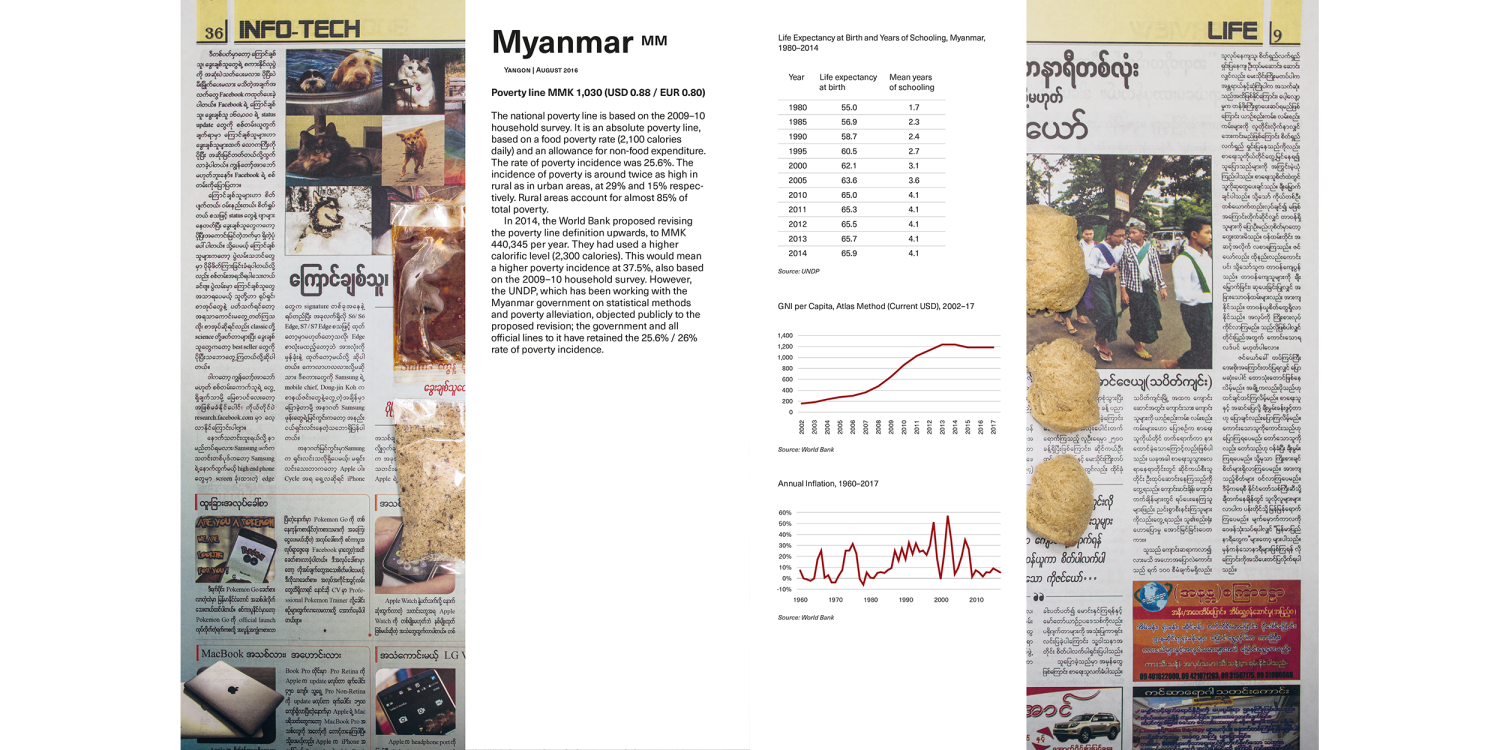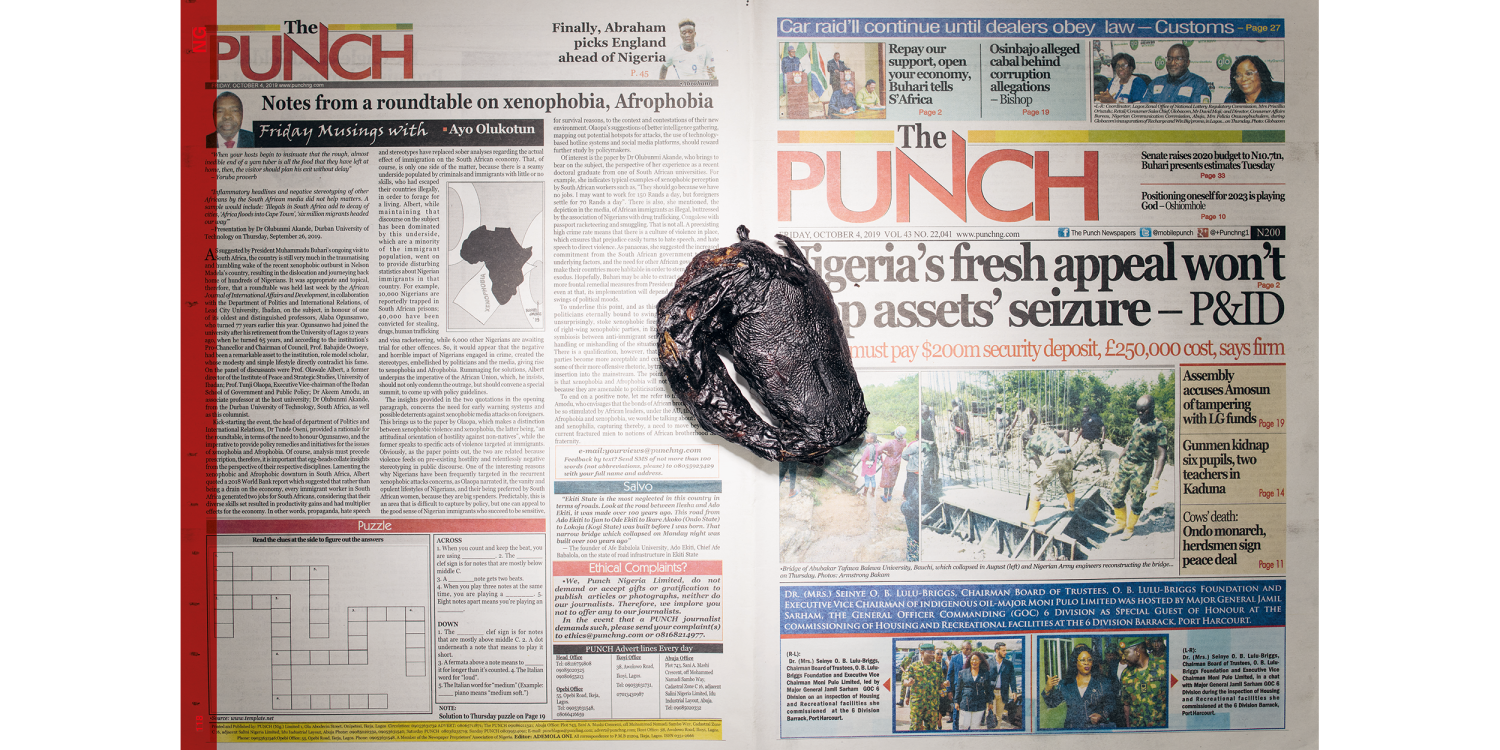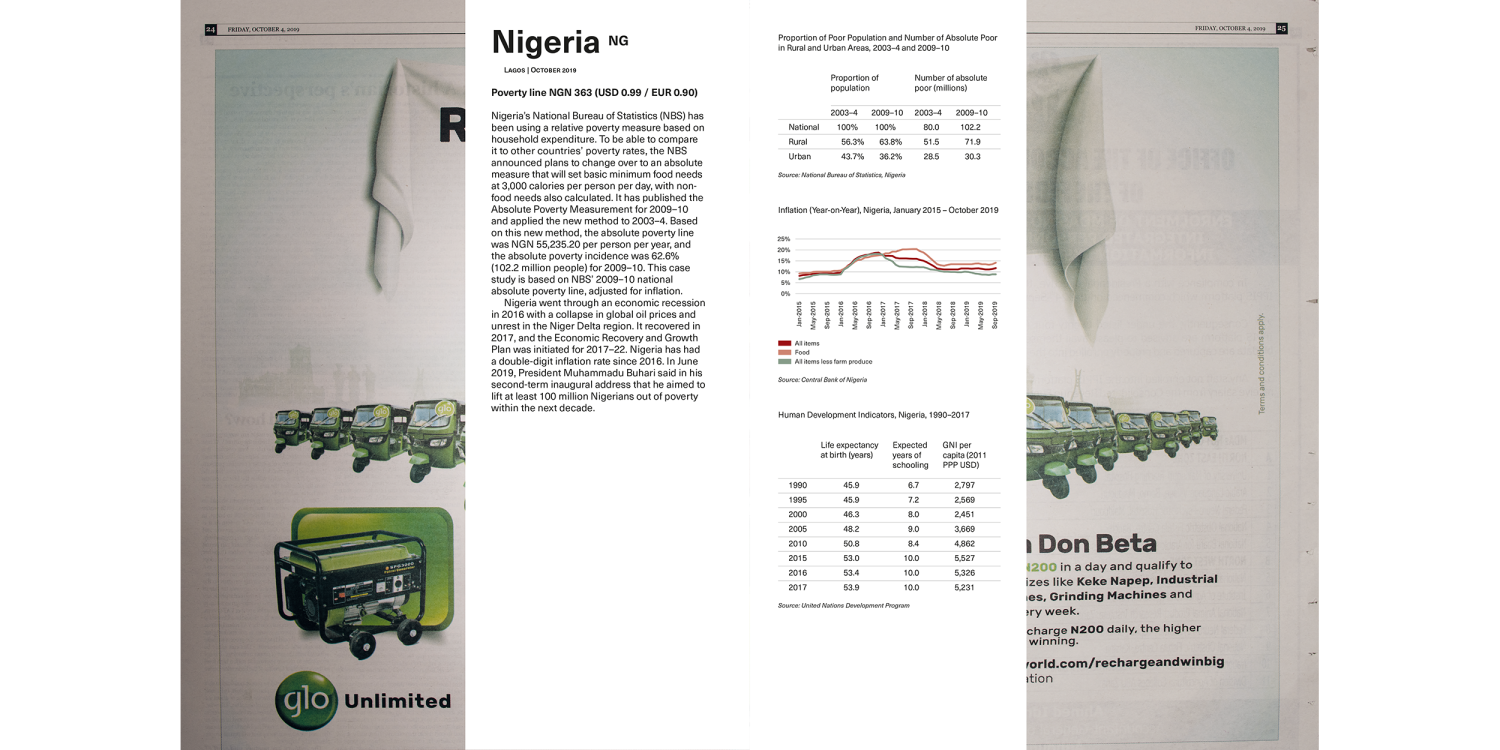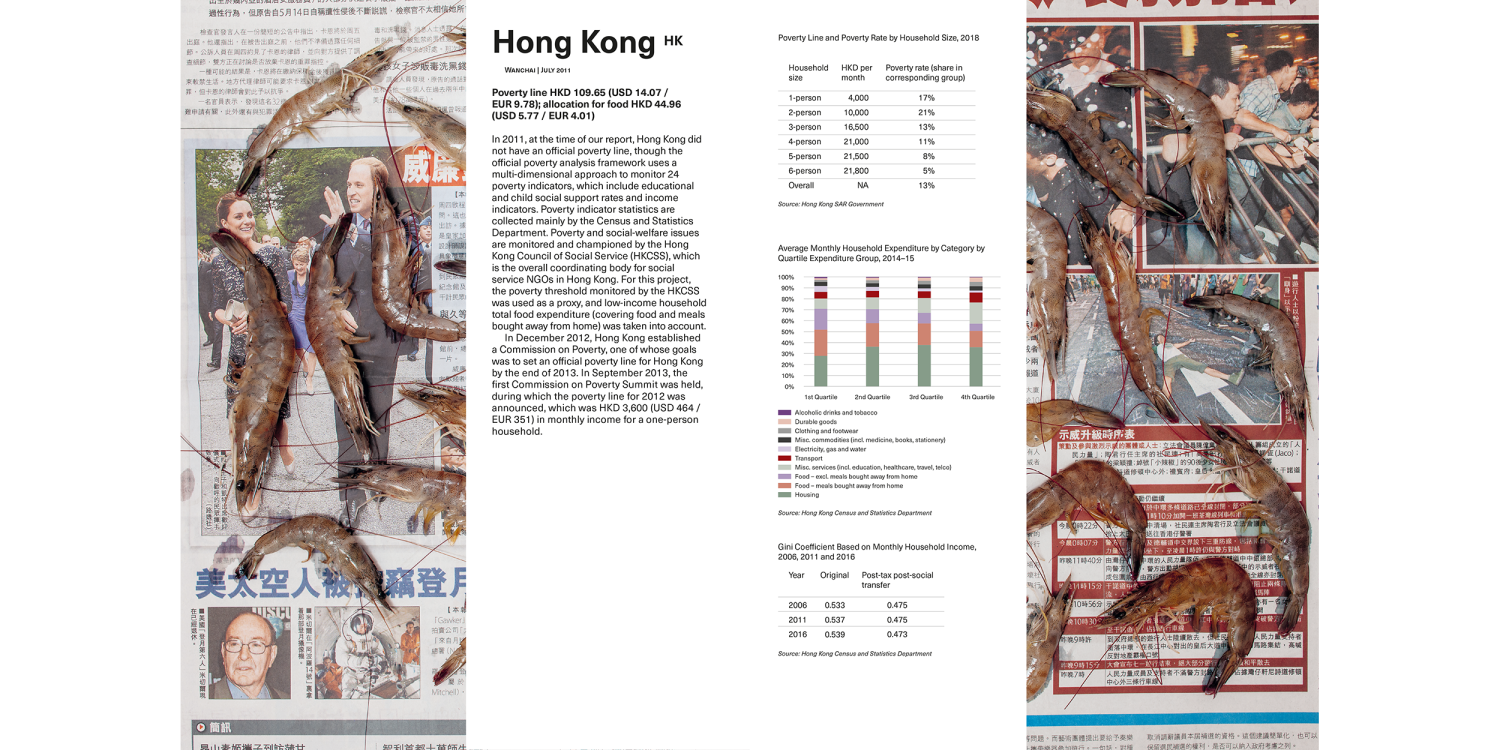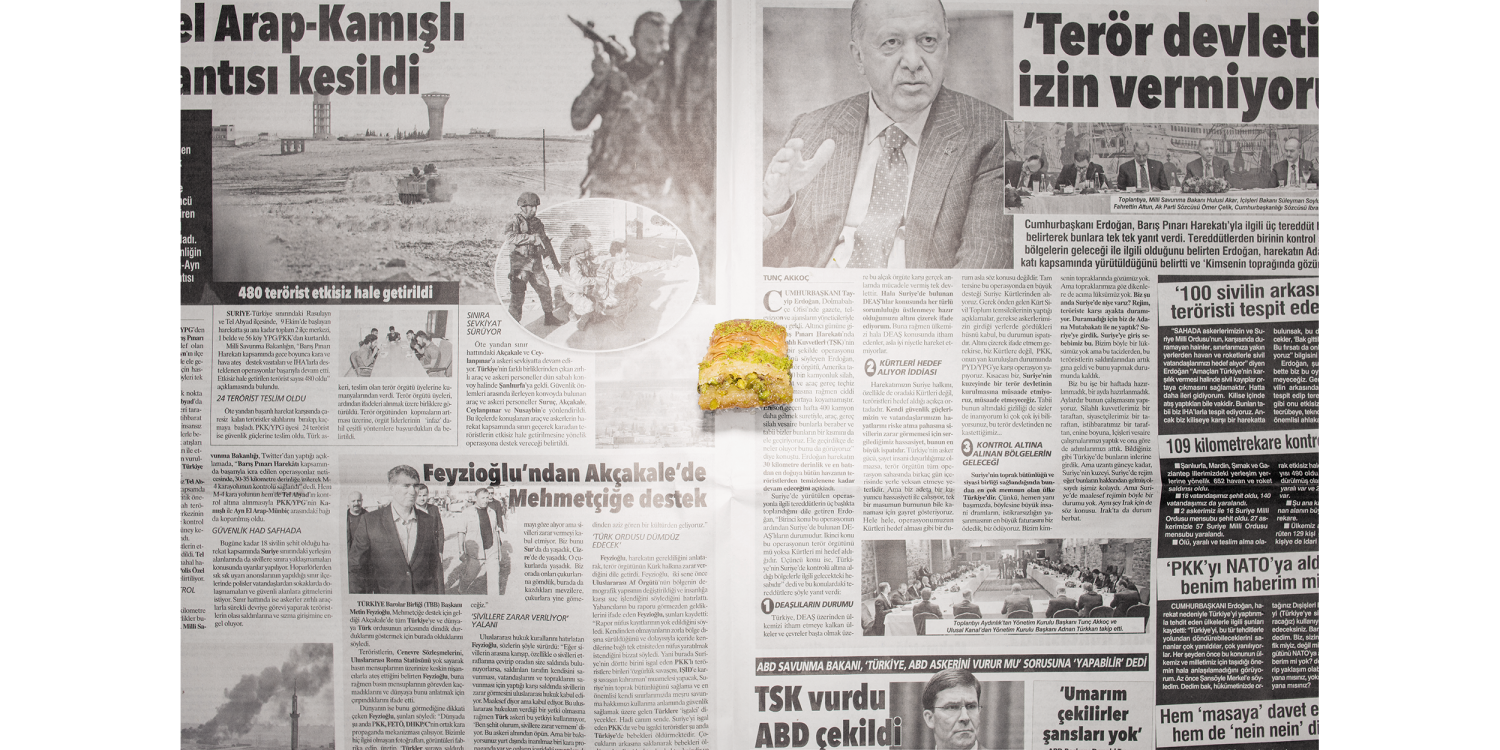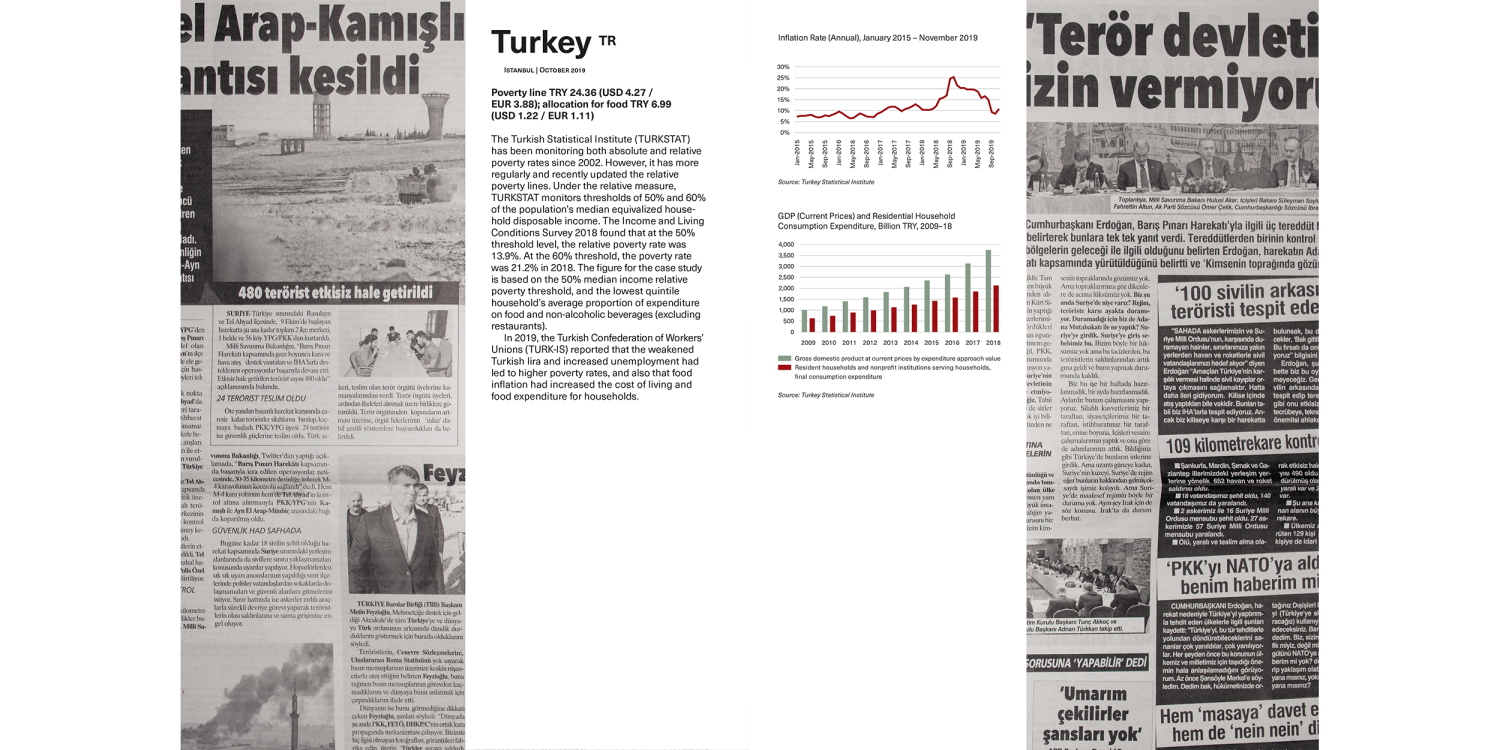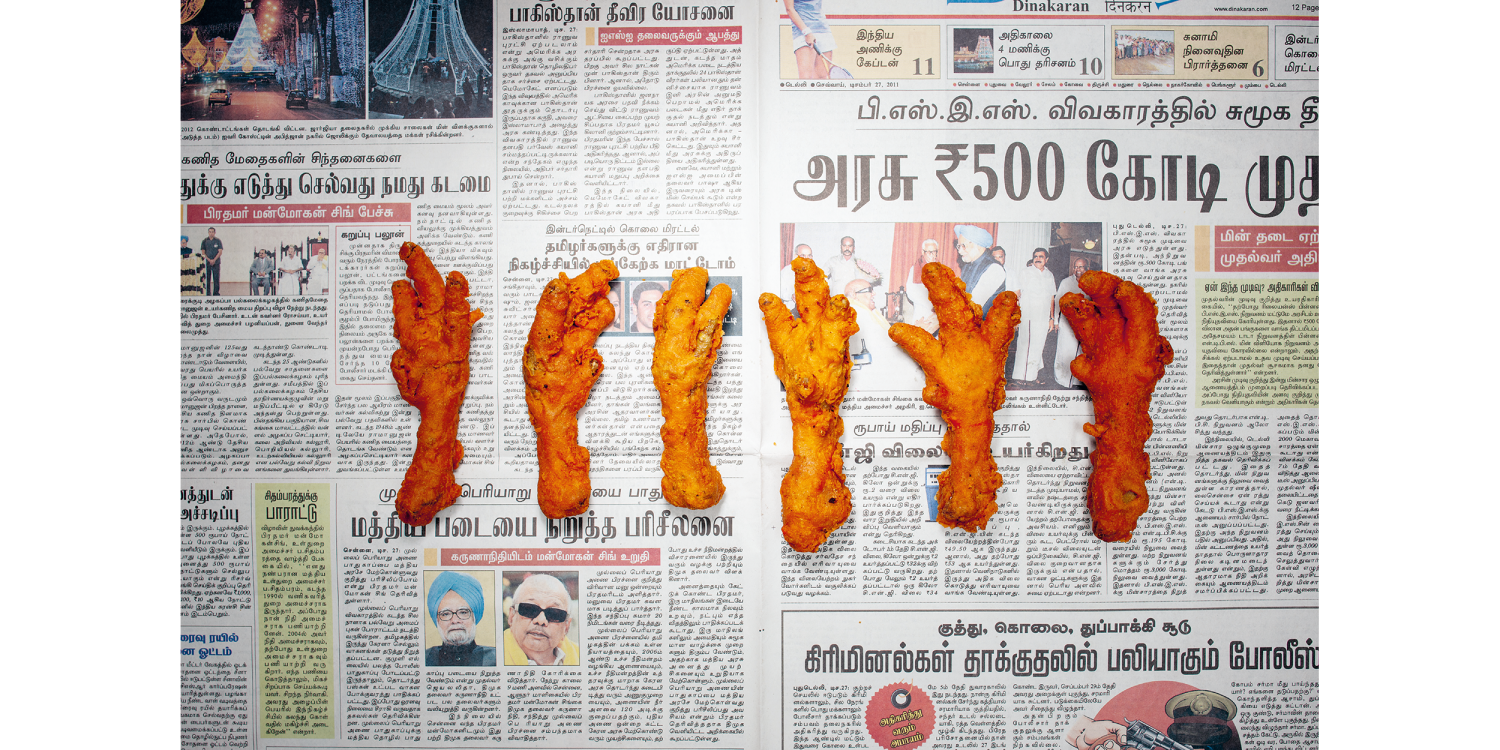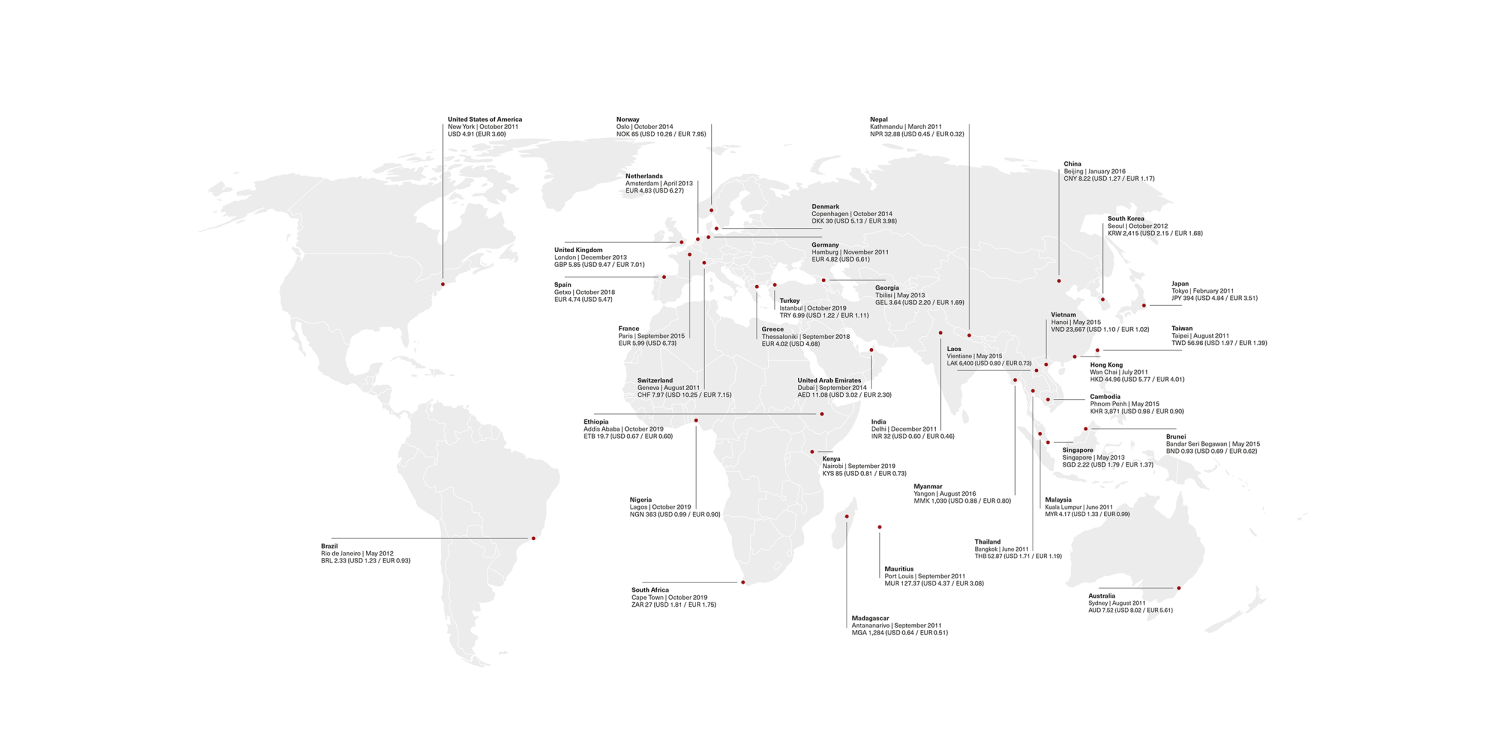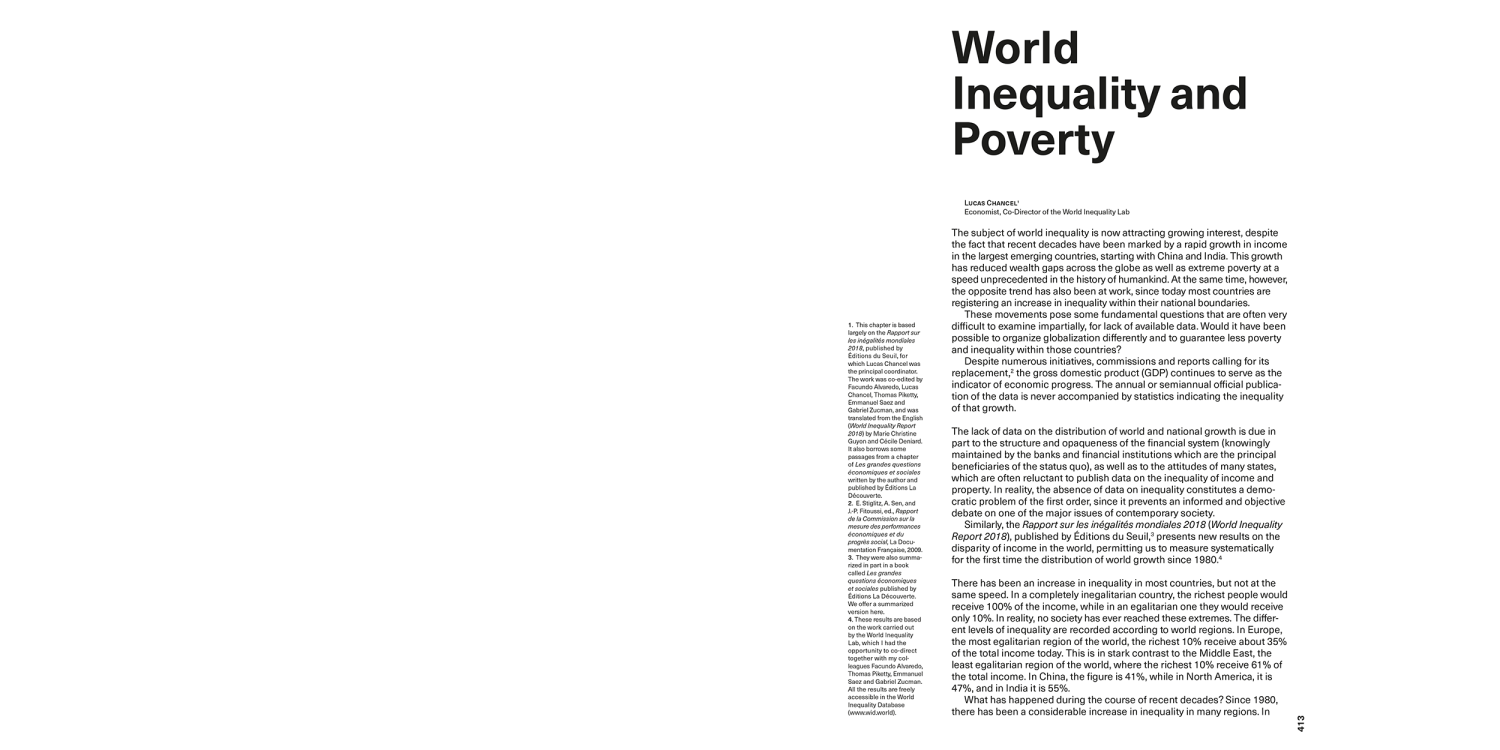
The Poverty Line
Poverty, in its universality, seems immediately understandable and yet, as a global problem, its dissolution remains highly complex.To illustrate what it means to live at the poverty line, Stefen Chow and Huiyi Lin visited thirty-six cities on six continents, and examined poverty with regards to food. From the local markets, they bought vegetables, fruits, cereal products, proteins and snacks – the amount of food they could afford per day based on the respective poverty line definition set by each government. They photographed the resulting pile of food, placed on a page of a local newspaper from that day. Using visual typology and artistic research as their guiding principle, they carefully calibrated lighting and shooting distance to ensure uniformity and comparability.
In this visual reader, the photography of Chow and Lin is enriched by texts that shed light on issues around the poverty line as a global phenomenon. The authors relate to the challenges of our society and the UN 2030 Agenda for Sustainable Development whose first of seventeen goals is to end poverty in all its forms.
Poverty, in its universality, seems immediately understandable and yet, as a global problem, its dissolution remains highly complex.To illustrate what it means to live at the poverty line, Stefen Chow and Huiyi Lin visited thirty-six cities on six continents, and examined poverty with regards to food. From the local markets, they bought vegetables, fruits, cereal products, proteins and snacks – the amount of food they could afford per day based on the respective poverty line definition set by each government. They photographed the resulting pile of food, placed on a page of a local newspaper from that day. Using visual typology and artistic research as their guiding principle, they carefully calibrated lighting and shooting distance to ensure uniformity and comparability.
In this visual reader, the photography of Chow and Lin is enriched by texts that shed light on issues around the poverty line as a global phenomenon. The authors relate to the challenges of our society and the UN 2030 Agenda for Sustainable Development whose first of seventeen goals is to end poverty in all its forms.
“[...] a decade-long project that explores what living with limited resources means for the dinner plates of different communities around the globe.”
– France 24
“[...] a statistically grounded treatise on economic inequality.”
– New York Times
“The cumulative effect of viewing morsel after morsel of delicious food is hunger—a response that feels fitting for a book dedicated to making poverty palpable by expressing it literally, as sustenance, or lack thereof.”
– MoMA Magazine

